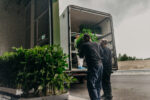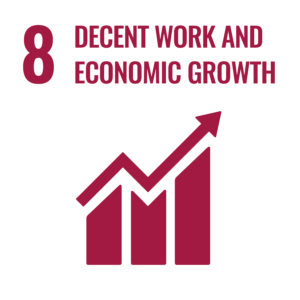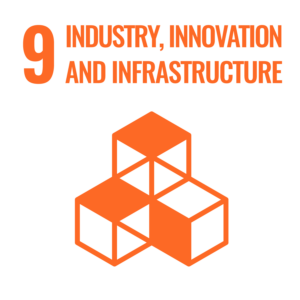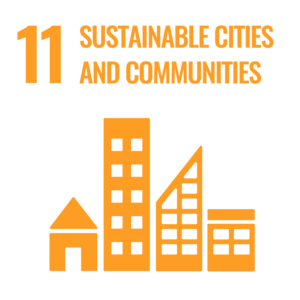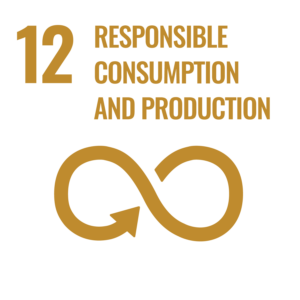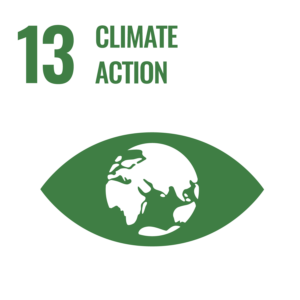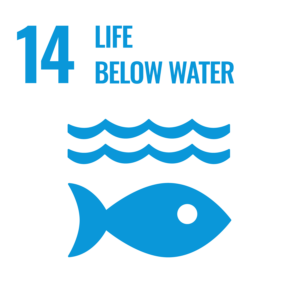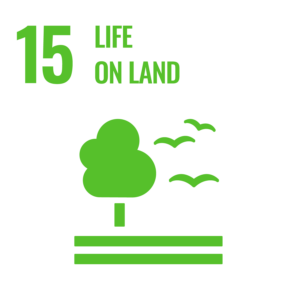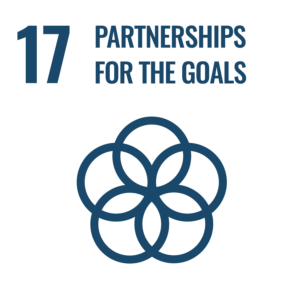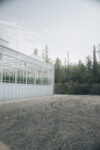
Make more of what we need. Do no significant harm.
Our projects transform waste into resources on an industrial scale, creating production capacity to make more of what we need. In the process, we do everything in our power to cause no significant harm.
WA3RM is a project developer with proven and rapidly scalable solution to bring Waste to Life™. We create production capacity that help us make more of things like vegetables or proteins – replacing heavy emitting alternatives and driving progress on industrial circularity.
Our projects bring benefits such as
Waste to Life™
The reuse of industrial waste and by-products contributes to circular economy.
New local jobs provide opportunities for people of all genders, ages and skill levels.
Producing food and other resources locally build resilience and also reduces the need for imports.

Sustainability policy
Make more of what we need. Do no significant harm.
WA3RM creates production capacity with materially better sustainability performance than current standards. WA3RM works at industrial scale and with urgency.
Investigate, assess and manage sustainability risks and adverse impacts towards the life-cycle optimum.
Ensure all operations and supply chains respect and comply with international principles to protect human rights
How we work
No significant harm
In all projects, we investigate, assess and manage sustainability risks and adverse impacts throughout the supply chain towards the life-cycle optimum. This includes:
- Ecology on site, flora and fauna, biodiversity and climate effects
- Forest removal
- Cultural and other values to local community
- Lifecycle impacts of raw materials for buildings
- Impacts of ground and construction work, fossil fuel use, water run-off
- Labour conditions for subcontractors, health and safety
- Operations in built facilities
We have zero tolerance for acts of corruption, extortion, or embezzlement.
Aligning with EU's Taxonomy for Sustainable Activities
The EU taxonomy is a key element of the EU's sustainable finance framework and a vital tool for market transparency. It guides investments towards economic activities crucial for the transition, aligning with the European Green Deal objectives. This classification system sets criteria for activities that support a net-zero pathway by 2050 and broader environmental goals beyond climate.
Measurable biodiversity net gain
Biodiversity Net Gain requires projects to leave biodiversity in a measurably better state than before.
Excellent according to BREEAM
BREEAM provides a credible scientific framework and is used to specify and measure the sustainability performance of buildings. Using this framework helps projects to meet their sustainability goals and achieve optimal performance over time.
We aim for level Excellent, according to BREEAM sustainability assessment framework in all our projects.
Reduce, recycle, regenerate
WA3RM’s 3R approach to industrial innovation is a resource view of industry. We work with industry partners who have reduced waste to a minimum. WA3RM recycles the waste and regenerates it to a useful resource.
Shared and measurable sustainability goals
Project goals must include the sustainability goals of all partners. Goals must be measurable to be manageable in the project. WA3RM must ensure access to relevant data from operations in created facilities.
Partnership business model
Impact is a team sport. By creating world-class project opportunities, we can attract world-class partners. WA3RM’s flexible partnership business model allows each partner to perform.

We're building both industries and new ways of thinking. Opening a path to circularity where progress mean improvements for people, businesses, communities and our planet.

Only impact matters
UN Sustainability Development Goals addressed:
8.2 Achieve higher levels of economic productivity through diversification, technological upgrading and innovation, including through a focus on high-value added and labour-intensive sectors.
8.3 Promote development-oriented policies that support productive activities, decent job creation, entrepreneurship, creativity and innovation, and encourage the formalization and growth of micro-, small- and medium-sized enterprises, including through access to financial services. Improve progressively, through 2030, global resource efficiency in consumption and production and endeavour to decouple economic growth from environmental degradation, in accordance with the 10-Year Framework of Programmes on Sustainable Consumption and Production, with developed countries taking the lead.
8.4 Improve progressively, through 2030, global resource efficiency in consumption and production and endeavour to decouple economic growth from environmental degradation, in accordance with the 10-Year Framework of Programmes on Sustainable Consumption and Production, with developed countries taking the lead.
8.8 Protect labour rights and promote safe and secure working environments for all workers, including migrant workers, in particular women migrants, and those in precarious employment.
9.4 By 2030, upgrade infrastructure and retrofit industries to make them sustainable, with increased resource-use efficiency and greater adoption of clean and environmentally sound technologies and industrial processes, with all countries taking action in accordance with their respective capabilities.
11.a Support positive economic, social and environmental links between urban, peri-urban and rural areas by strengthening national and regional development planning.
12.2 By 2030, achieve the sustainable management and efficient use of natural resources.
13.1 Strengthen resilience and adaptive capacity to climate-related hazards and natural disasters in all countries.
14.1 By 2025, prevent and significantly reduce marine pollution of all kinds, in particular from land-based activities, including marine debris and nutrient pollution.
15.1 By 2020, ensure the conservation, restoration and sustainable use of terrestrial and inland freshwater ecosystems and their services, in particular forests, wetlands, mountains and drylands, in line with obligations under international agreements
15.5 Take urgent and significant action to reduce the degradation of natural habitats, halt the loss of biodiversity and, by 2020, protect and prevent the extinction of threatened species.
17.16 Enhance the Global Partnership for Sustainable Development, complemented by multi-stakeholder partnerships that mobilize and share knowledge, expertise, technology and financial resources, to support the achievement of the Sustainable Development Goals in all countries, in particular developing countries.
Towards a future without take-make-waste
Our approach
The world faces a multi-crisis including climate, biodiversity, democracy, and human rights. One of many needs to achieve sustainability is a transition of production systems – this is where we put our focus. This transformation is intimidating, an absolute necessity and, at the same time, perhaps the greatest business opportunity of our time.
WA3RM’s 3R approach to industrial innovation is a resource view of industry. We work with industry partners who have reduced waste to a minimum. WA3RM recycles the waste and regenerates it to a useful resource.
Our sustainability targets are anchored in the UN Sustainable Development Goals, the EU Taxonomy environmental objectives, and the Swedish Environmental Goals from the Swedish Environmental Protection Agency.
WA3RM’s climate impact calculations are based on well-established methodologies and data sources. We use the Greenhouse Gas Protocol standards for our scope 1, 2, and 3 emission calculations and reporting.
We also use GHG emission factors from reliable sources, including but not limited to, the Swedish Environmental Protection Agency (Naturvårdsverket), the Swedish National Board of Housing (Boverket), Building and Planning, and the UK Department for Environment, Food, and Rural Affairs (DEFRA).
For our biodiversity assessments we use public map tools recommended by the EU SFDR such as the European Environment Agency (EEA) GIS map tool, the Key Biodiversity Areas map tool, and the relevant national map tools of Sweden, Denmark, and Norway. For assessments of water stress, we use the public Aqueduct Water Risk Atlas tool from the World Resources Institute (WRI).
For assessments of otherwise protected sites, we use the World Heritage List map tool from UNESCO. Our Code of Conduct and business partner criteria are also based well-established frameworks such as the UN Global Compact, the UN Guiding Principles on Business and Human Rights, the ILO Declaration on Fundamental Principles and Rights at Work, and the OECD Guidelines for Multinational Enterprises.

